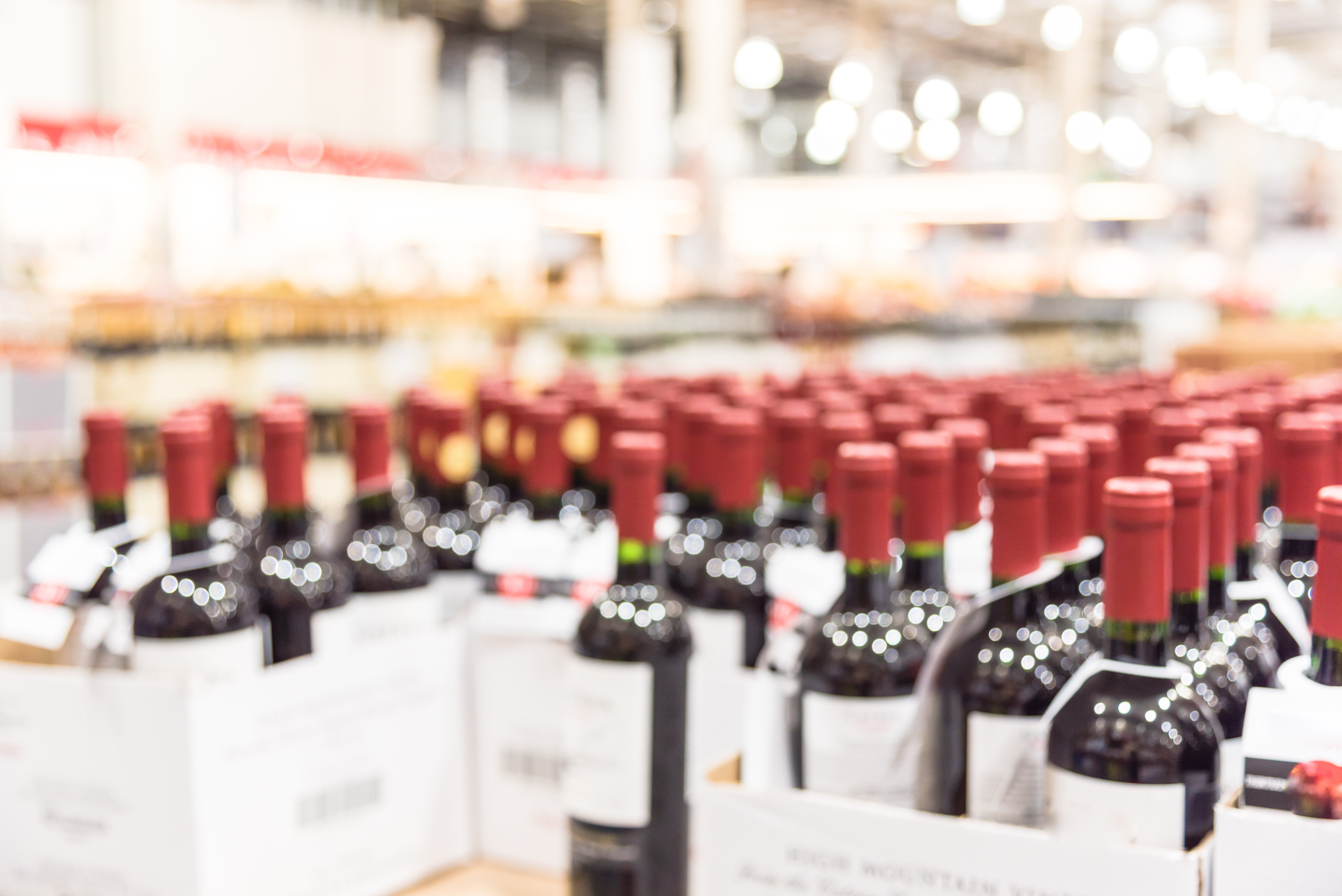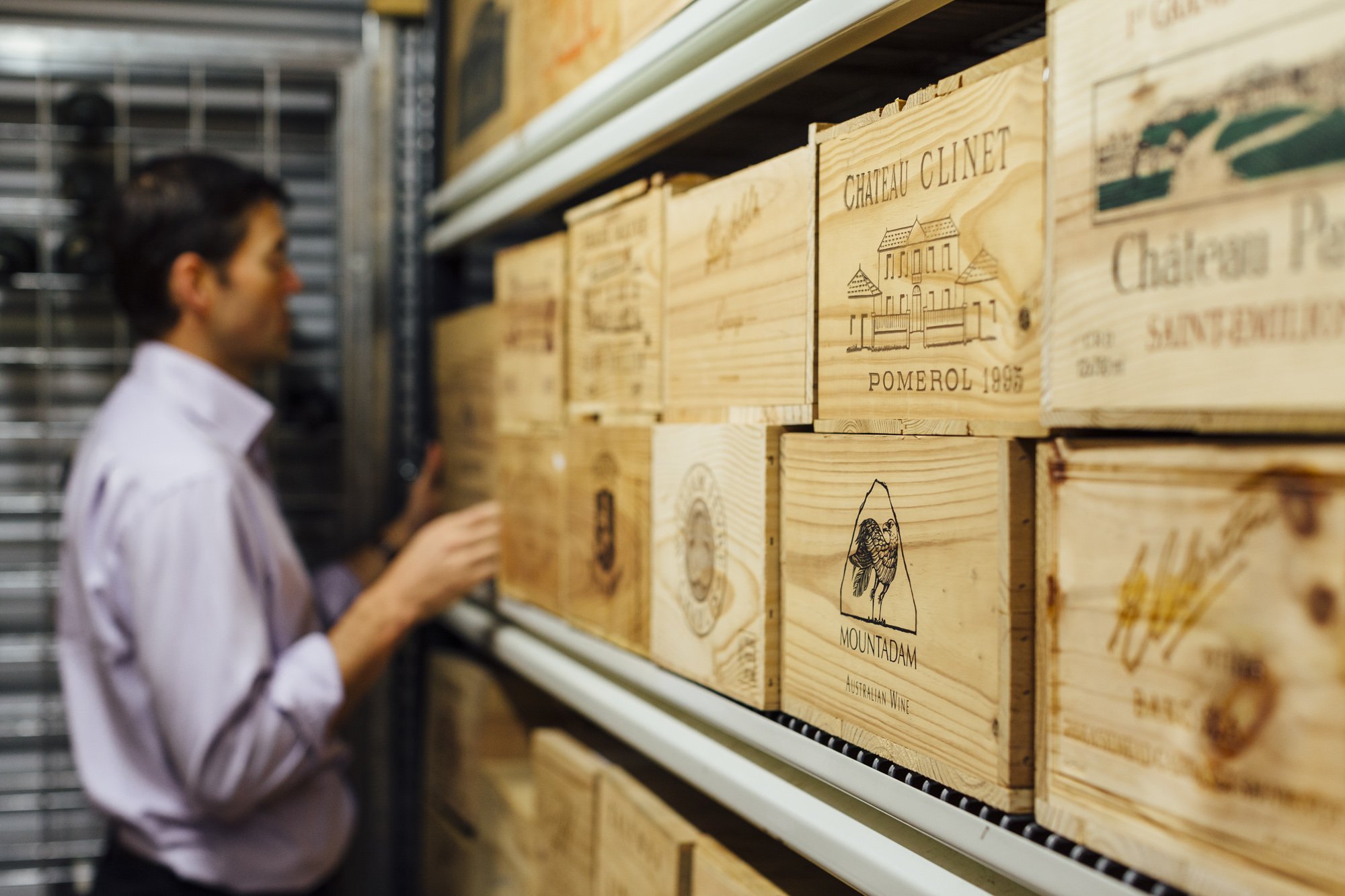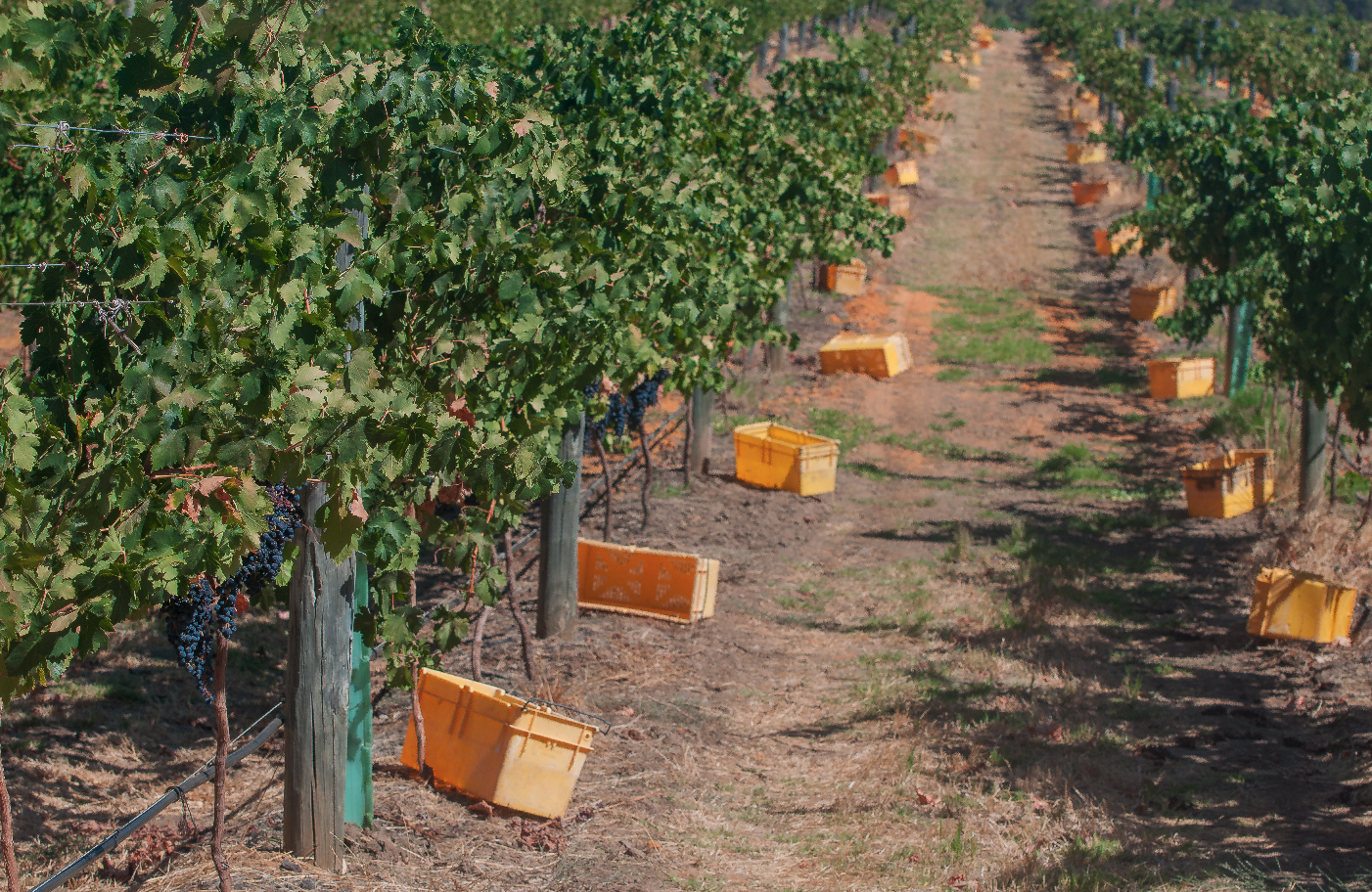The tariffs imposed on Australian wine imports into China have had consequential impacts felt by almost all areas of Australia's wine industry. However, it has also significantly changed the Chinese wine market itself.
Despite the current excitement concerning the anticipated removal of tariffs in the near future following a draft Chinese Ministry of Commerce (MOFCOM) proposal, it is unlikely that the Chinese market, previously Australia’s largest export market, will revert back to pre-tariff levels of Australian wine consumption.
“All the discussions that I read about how to solve the industry’s problems right now, they’re all related to, well, how do we sell our excess? How do we market our way out of this?” said Jeremy Oliver, one of Australia’s leading wine critics.
“Well, the whole world is in an oversupply of wine, not just Australia. There’s nowhere waiting to intercept all the wine we need to get rid of: that market does not exist! And if it does exist, it’s got the rest of the world queuing up… what makes us think we’re going to get ahead of everyone else?”
In the year up to January 2020 just prior to the wine tariffs, Australian wine imports into China were worth a total of $1.2 billion. Since then, Australian wine volumes in China have declined at a CAGR of -78% between 2020 and 2022.
However, the removal of tariffs comes at a challenging time for China’s liquor industry.
“2022 was one of the most challenging years for China’s alcohol industry. Rolling lockdowns and social restrictions limited consumption, and consumer spending waned,” said Shirley Zhu, IWSR’s Research Director for Greater China.
Between 2021 and 2022, IWSR data reveals a -26% volume decline in total wine sales in China. This is reflected by a CAGR of -16% between 2018 and 2022. Another challenging year is expected for 2024, however a less pronounced CAGR of -2% is anticipated in the forecast up to 2027.
“There will also be challenges with overstocks, as the Chinese market has rebounded slower than expected post-Covid,” said Zhu.
IWSR also notes that a growing awareness of locally-produced wine is likely to reduce demand for imports. Regions such as Ningxia, Shandong, Shanxi and Xinjiang are all developing reputations for high quality wine. TWE has already tapped into this market through its One by Penfolds wine produced in Ningxia.
TWE has also already announced its plan for its return into China, reporting that it anticipates that profits will be minimal for the remainder of the F24 trading period.
While Australian wine has tried to fill the market void left by China through expansion into alternative export destinations, it has continued to feel the brunt of the loss of the Chinese market and is currently experiencing a stock excess that is putting tension on the industry as a whole.
Many industry stakeholders believe that structural change will be necessary to solve the current oversupply crisis, which significantly predates the China wine tariffs. The recent announcement of a wine sector task force can be viewed as a strong step in this direction.
Share the content










